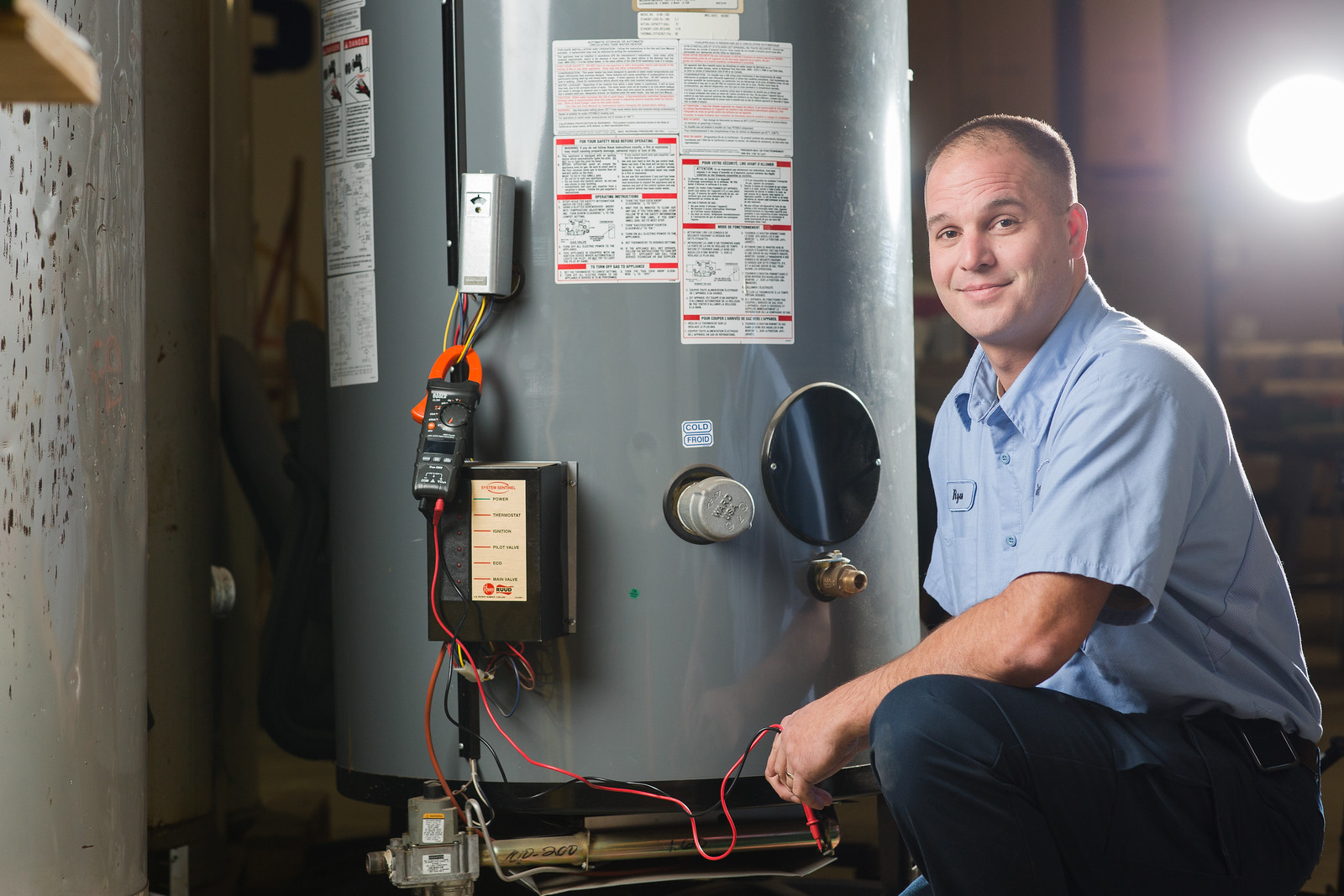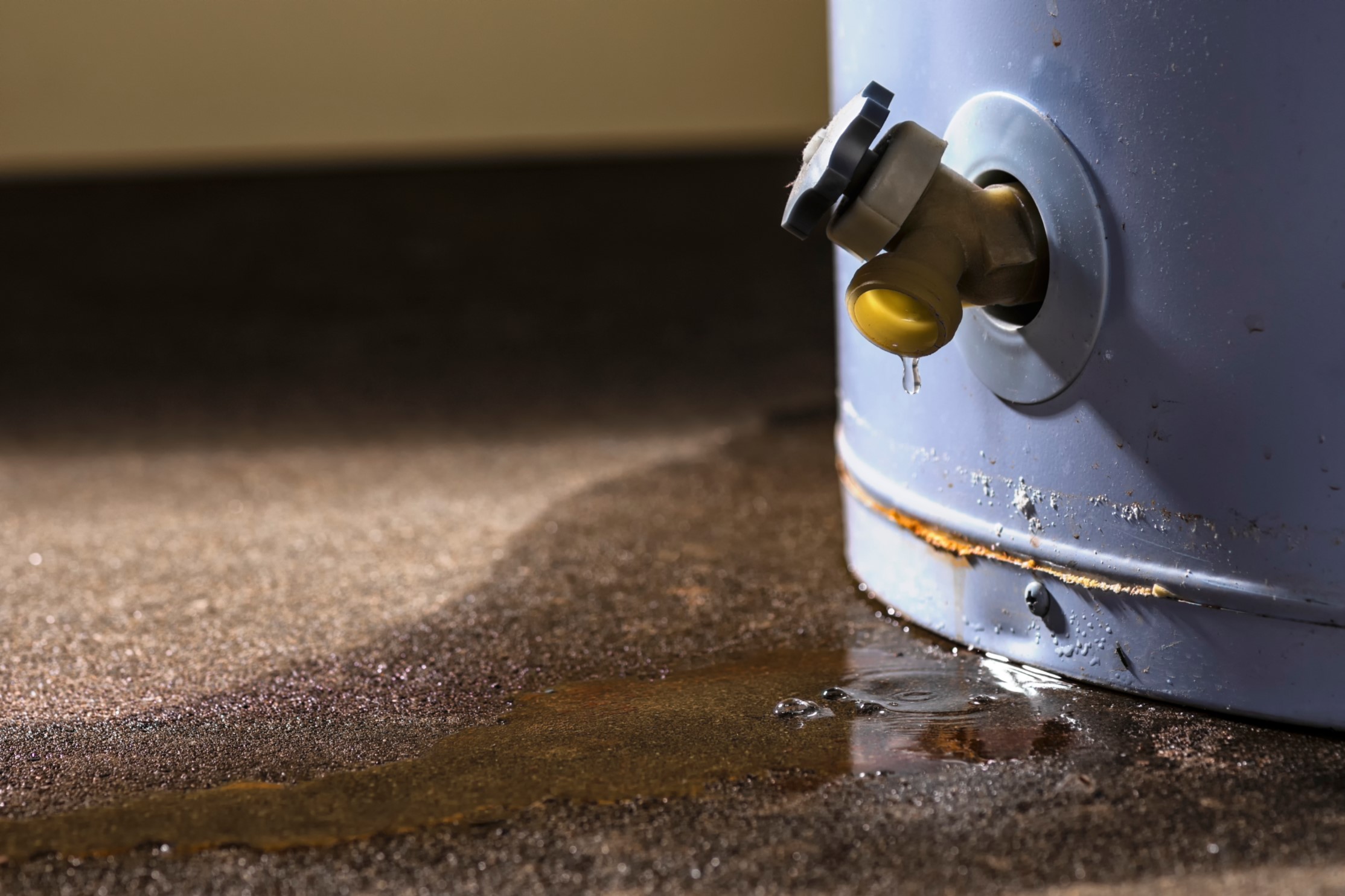How to Prolong the Life of Your Home's Hot Water System Through Maintenance
How to Prolong the Life of Your Home's Hot Water System Through Maintenance
Blog Article
What're your beliefs about What Kind of Maintenance Do Water Heaters Need??

Warm water is important for day-to-day convenience, whether it's for a refreshing shower or cleaning dishes. To guarantee your hot water system runs successfully and lasts longer, normal maintenance is essential. This article supplies sensible suggestions and understandings on just how to maintain your home's hot water system to avoid interruptions and pricey fixings.
Introduction
Preserving your home's warm water system might appear daunting, however with a couple of basic actions, you can ensure it operates efficiently for several years to find. This overview covers everything from recognizing your hot water system to DIY maintenance ideas and recognizing when to call in professional help.
Significance of Preserving Your Warm Water System
Normal upkeep not just extends the lifespan of your hot water system however also ensures it operates effectively. Overlooking maintenance can cause reduced performance, greater power expenses, and also early failing of the system.
Indicators Your Warm Water System Demands Upkeep
Recognizing when your warm water system requires focus can stop significant concerns. Keep an eye out for indicators such as irregular water temperature level, weird sounds from the heating system, or corroded water.
Recognizing Your Warm Water System
Prior to diving right into upkeep jobs, it's practical to comprehend the fundamental elements of your hot water system. Generally, this includes the water heater itself, pipes, anode poles, and temperature level controls.
Month-to-month Upkeep Tasks
Routine regular monthly checks can assist catch minor issues before they rise.
Flushing the Water Heater
Flushing your water heater gets rid of debris build-up, enhancing effectiveness and prolonging its life.
Checking and Changing Anode Rods
Anode poles stop corrosion inside the tank. Checking and replacing them when worn out is critical.
Checking and Changing Temperature Settings
Readjusting the temperature level settings ensures optimum efficiency and safety.
Do It Yourself Tips for Upkeep
You can carry out several upkeep jobs yourself to keep your warm water system in top problem.
Looking for Leaks
Regularly check pipelines and links for leaks, as these can lead to water damages and higher costs.
Checking Pressure Alleviation Valves
Evaluating the pressure safety valve ensures it works correctly and protects against extreme pressure build-up.
Protecting Pipelines
Protecting hot water pipelines decreases heat loss and can conserve energy.
When to Call a Specialist
While DIY upkeep is advantageous, some concerns need professional experience.
Complex Concerns Requiring Expert Help
Instances consist of major leakages, electrical issues, or if your hot water heater is consistently underperforming.
Regular Professional Upkeep Benefits
Expert maintenance can include complete evaluations, tune-ups, and making certain conformity with security criteria.
Final thought
Normal maintenance of your home's warm water system is crucial for efficiency, durability, and price financial savings. By following these pointers and knowing when to look for specialist help, you can make sure a reliable supply of warm water without unanticipated disruptions.
Water Heater Maintenance Tips
Test the TPR Valve
Shut off the power and the cold-water supply valve. Place a bucket under the pipe connected to the temperature-pressure-release (TPR) valve on the top or side of the tank. (This valve opens if the tank pressure gets too high.) Lift the valve’s tab to let some water out, then let go. If water keeps flowing, drain the tank partway, unscrew the old valve with a pipe wrench, and install a new one. Check the Anode Rod
Put a hose to the tank’s drain cock and let out a few gallons of water. Now fit a 1 1/16-inch socket onto the rod’s hex head on top of the heater (or under its top plate) and unscrew the rod. If it’s less than ½ inch thick or coated with calcium, buy a new one, wrap its threads with Teflon tape, put it back in the tank, and tighten securely. Use this segmented rod if headroom above the tank is limited. Drain the Tank and Wash Out Sediment
Drain the remaining water in the tank into the bucket, then stir up the sediment on the tank’s bottom by briefly opening the cold-water supply valve. Drain and repeat until clean water comes out of the hose. Close the drain cock, refill the tank, and turn its power back on. Adjust the Temperature
Find the temperature dial on the side of the tank and unscrew its cover. Adjust the dial to 120 degrees using a flathead screwdriver. For every 10 degrees the temperature is lowered, you can expect to save up to 5 percent in energy costs. Turn the water heater off or the thermostat down to its lowest setting if you plan to be away from home for more than three days. Insulate the Pipes
Buy some self-sticking 3/8-inch-thick foam pipe insulation that matches the pipes’ diameter. Slide the foam over the hot-and cold-water pipes as far as you can reach. Insulating the cold-water pipe prevents condensation in summer. Peel the tape and squeeze the insulation closed. If the pipe is 6 inches or less from the flue, cover it with 1-inch-thick unfaced fiberglass pipe wrap. https://www.thisoldhouse.com/plumbing/21016402/how-to-maintain-a-water-heater

As a keen person who reads on Tips on Maintaining a Water Heater, I was thinking sharing that excerpt was worth the trouble. Do you know another person who is excited about the niche? Be sure promote it. Thanks for your time. Return soon.
Call Today Report this page